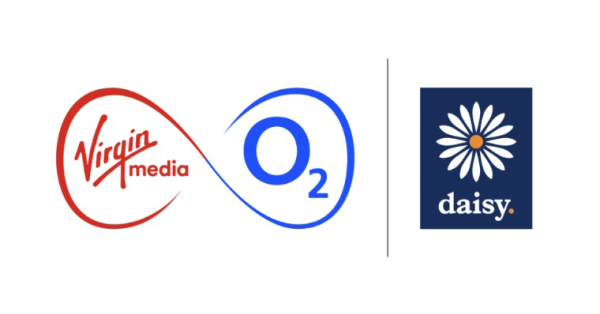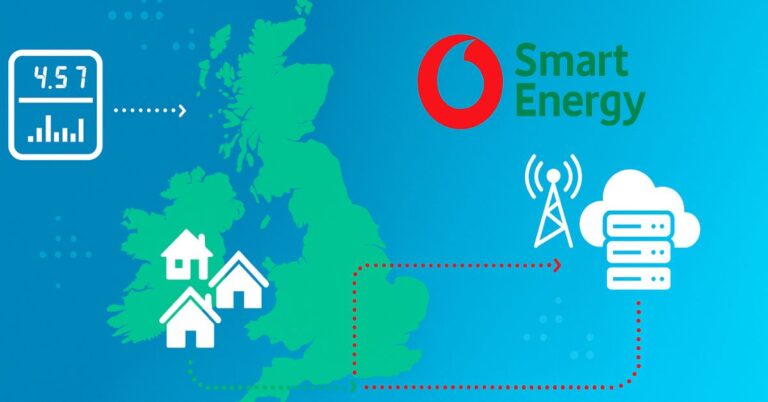Roularta Media Group (RMG), Belgium’s largest multimedia company, is embracing digital transformation by deploying an advanced Private 5G network. Partnering with NTT DATA, a leader in digital business and IT services, RMG is modernizing its printing operations to boost efficiency, streamline workflows, and enhance connectivity. This strategic move positions RMG as a state-of-the-art digital printing powerhouse, ensuring uninterrupted operations in a high-demand industry.
Overcoming Connectivity & Efficiency Challenges in Printing
RMG’s printing facility operates 24/7, requiring seamless connectivity and automation to handle time-sensitive publications. The company faced several challenges:
- Network reliability: Legacy infrastructure struggled with coverage issues due to moving machinery and signal reflections.
- Operational efficiency: The lack of real-time asset tracking and communication tools hindered workflow optimization.
- Scalability: Existing networks couldn’t support the growing need for automation, Edge Computing, and data-driven insights.
- Security concerns: Traditional connectivity solutions posed cyber risks, necessitating a more secure alternative.
How NTT DATA’s Private 5G Network is Transforming RMG’s Printing Facility
To address these challenges, NTT DATA deployed a secure, low-latency Private 5G network at RMG’s 40,000-square-meter facility. This multi-year agreement includes:
- Intelligent asset tracking: Enhancing real-time visibility of printing materials and machinery.
- Push-to-talk (PTT) communications: Enabling instant, reliable communication across teams.
- Future-ready infrastructure: Preparing the facility for AI-driven automation and Edge Computing.
How Private 5G is Already Improving Efficiency & Connectivity at RMG
The implementation of Private 5G has already shown significant improvements:
- Seamless operations: The network ensures 24/7 connectivity with no downtime.
- Increased productivity: Digital tracking systems have reduced manual intervention, streamlining production.
- Reliable communication: Push-to-talk solutions have improved coordination across teams.
Why RMG Chose NTT DATA’s Private 5G for Its Digital Transformation
RMG selected NTT DATA’s Private 5G for its:
- Ultra-low latency: Ensuring real-time data transmission for critical applications.
- Network security: Enhancing data protection and reducing cybersecurity risks.
- Scalability: Allowing expansion into other European locations, including Germany and the Netherlands.
Key Benefits of Private 5G for Printing & Publishing Operations
The Private 5G network delivers numerous advantages:
- Enhanced efficiency: Automation and real-time data improve operational speed.
- Improved reliability: Private 5G eliminates connectivity issues associated with Wi-Fi and traditional networks.
- Future-proofing: The infrastructure supports new technologies, including AI, IoT, and Network Automation.
How Private 5G is Reshaping the Future of Digital Printing
RMG’s transformation sets a benchmark for the publishing and printing industry, demonstrating how 5G can drive efficiency in high-demand environments. As other media companies face similar challenges, RMG’s success story highlights the potential of Private 5G to reshape digital publishing.
NTT DATA’s End-to-End Private 5G Solution for RMG
NTT DATA provided end-to-end services, including:
- Network assessment: Analyzing RMG’s infrastructure to optimize performance.
- Deployment & management: Ensuring seamless Private 5G rollout and ongoing support.
- Security enhancement: Implementing robust cybersecurity measures.
How Technology Partnerships Strengthened RMG’s Private 5G Deployment
Collaboration with global technology providers strengthened the deployment of Private 5G, integrating AI, cloud, and edge solutions to support digital transformation.
RMG’s Future Plans: Expanding Private 5G to Europe & Beyond
RMG has successfully implemented Private 5G at its Belgian facility, with plans to expand into Germany and the Netherlands. The company is also exploring additional use cases for automation and AI-driven insights.
Industry Leaders on the Impact of Private 5G at RMG
Luc Neysens, CIO of Roularta Media Group, emphasized the importance of a secure, high-performance network: “As we transform our printing operations, we’re excited to work with NTT DATA to unlock the potential of Private 5G for a fully digitized future-proof multimedia company.”
RMG’s partnership with NTT DATA marks a significant leap in digital transformation. By leveraging Private 5G, RMG is optimizing operations, increasing efficiency, and setting the stage for the future of digital printing. This initiative showcases how media enterprises can modernize connectivity to stay ahead in a competitive landscape.
























